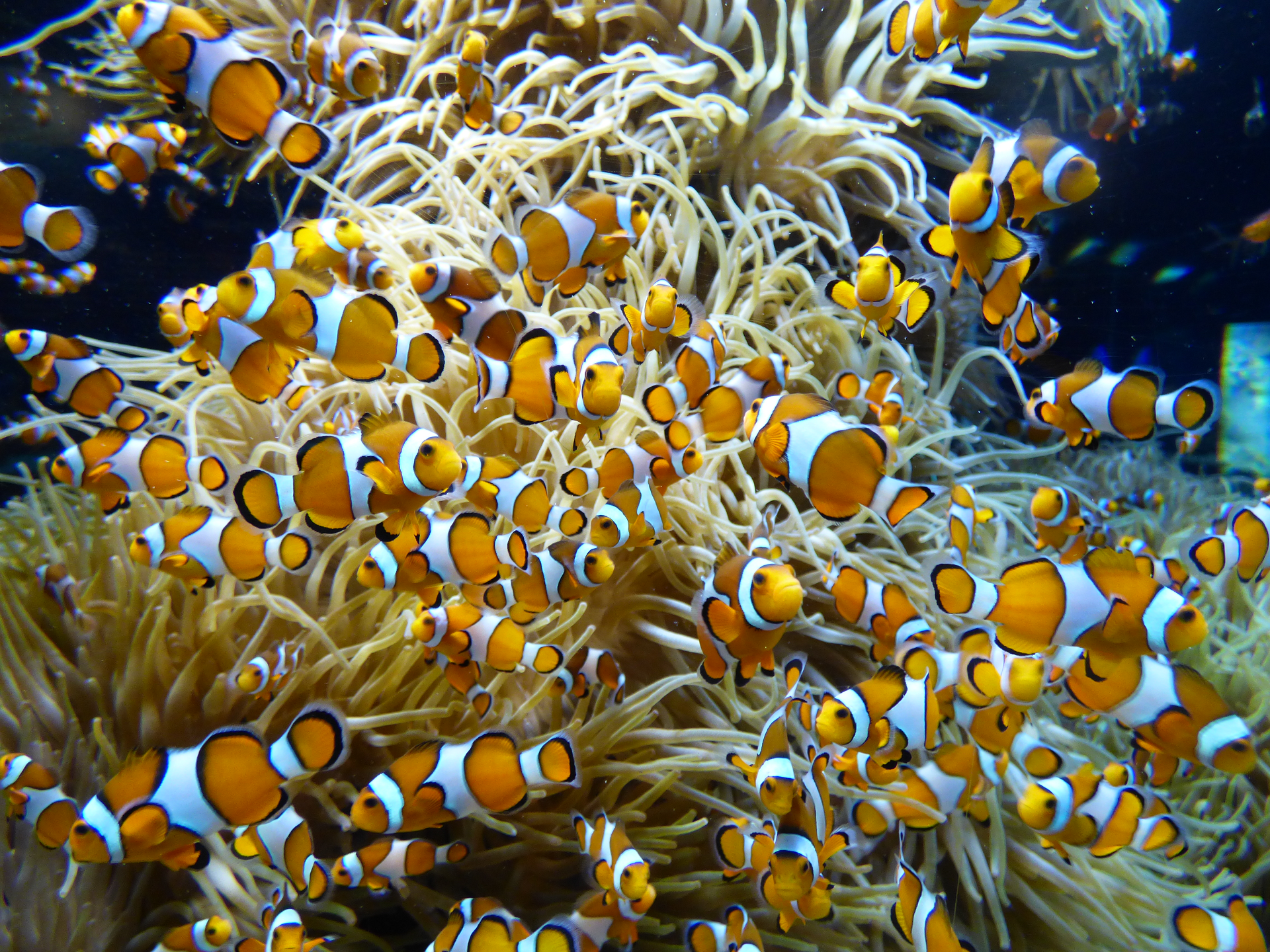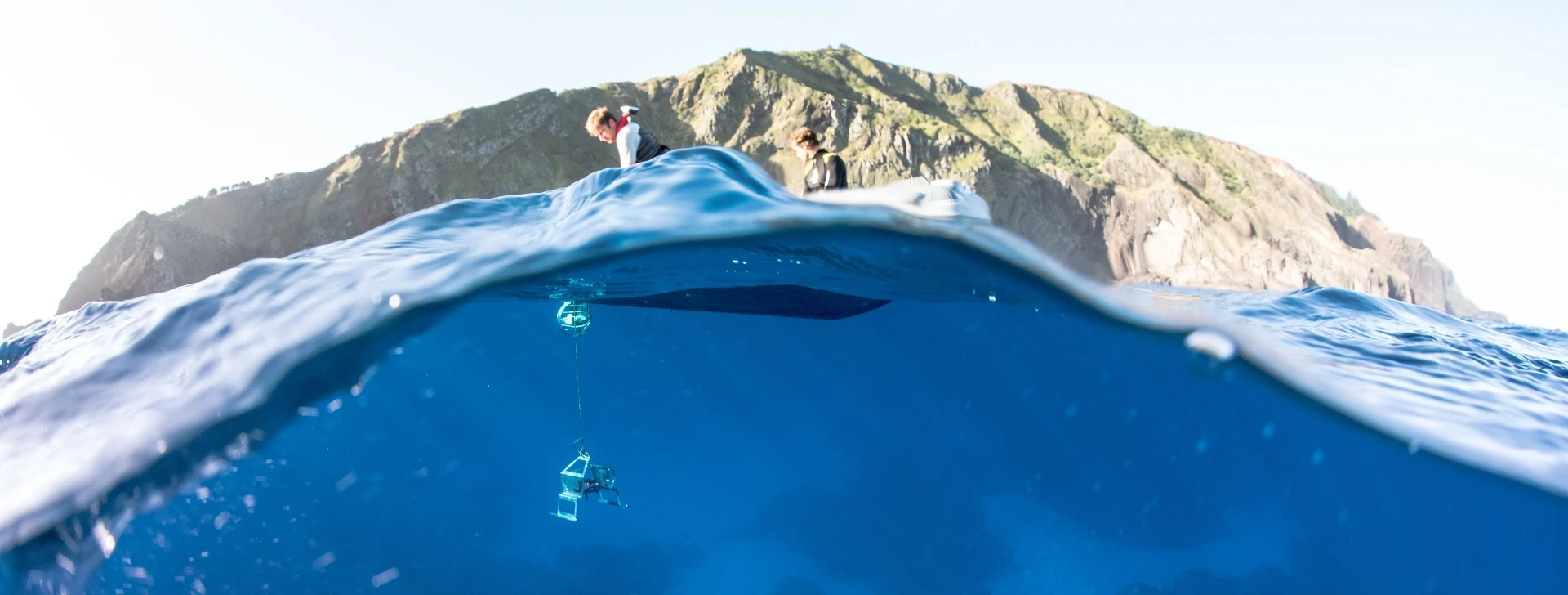Publication Abstract
- Title
-
Viral load differences associated with infection outcomes and resistance to white spot syndrome virus (WSSV) infection in mud crab, Scylla serrata
- Publication Abstract
-
White spot syndrome virus (WSSV), the causative agent of white spot disease, remains a serious threat to crustacean aquaculture. Infecting a wide range of crustaceans, host species exhibit varying susceptibility and mortality rates. Mud crabs, Scylla serrata, a high-value aquaculture commodity across the Indo-Pacific region, are known to be relatively resistant to WSSV. However, there is limited information on the progression of WSSV infection in the species which can provide insight into mechanisms of resistance. Employing a time course experimental challenge of S. serrata with WSSV, this study characterized viral load dynamics in juveniles over a period of 144 hours post infection (hpi) in relation to (1) disease outcomes (survival or mortality); (2) distribution among tissue types (gills, gut, hepatopancreas, and hemolymph); and (3) variability between two different juvenile cohorts. Viral load progression suggests that WSSV resistance in mud crabs may be due to two distinct mechanisms. One mechanism involves the capability of S. serrata for viral clearance following active viral replication. Viral growth in S. serrata demonstrates three phases: early stage or onset characterized by minimal change in viral load (0 to 24-hpi), logarithmic stage of active replication with rapid increase in viral copy number (24 to 72-hpi), with the third phase (96-144 hpi), exhibiting differential patterns with infection outcome. Dead crabs exhibited a plateau phase where viral loads remained similar to peak levels, while crabs that were still alive beyond 96 hpi exhibited a resolution phase, characterized by reduction in viral load, returning to non-infected levels. Another mechanism for WSSV resistance involves overall inhibition of replication, with recalcitrant individuals exhibiting markedly low viral loads at expected logarithmic infection phase timepoints (48-72 hpi). This study also revealed tissue tropism of WSSV in S. serrata. Gills appear to be the primary site of WSSV replication in mud crab, exhibiting the highest viral load from the early to peak stages of infection compared to other tissue types such as the gut, hepatopancreas, and hemolymph. The establishment of viral load curves to track the progression of WSSV infection, and characterization of viral abundance across different tissues through the course of infection, represents novel information that has key implications on the role of S. serrata as carriers/vectors of WSSV. This may have practical implications for disease mitigation measures for aquaculture facilities, and development of new strategies to prevent and reduce pathogen infection in mud crab to support sustainable aquaculture production
- Publication Authors
-
Angela Camille Aguila-Toral, Gardel Xyza Libunao, Dan Joseph Logronio, Kelly S. Bateman*, Grant D. Stentiford*, Edgar C. Amar, Rachel Ravago-Gotanco
- Publication Reference
-
Aquaculture
- Publication Internet Address of the Data
- Publication Date
- Publication DOI: https://doi.org/
- Publication Citation


